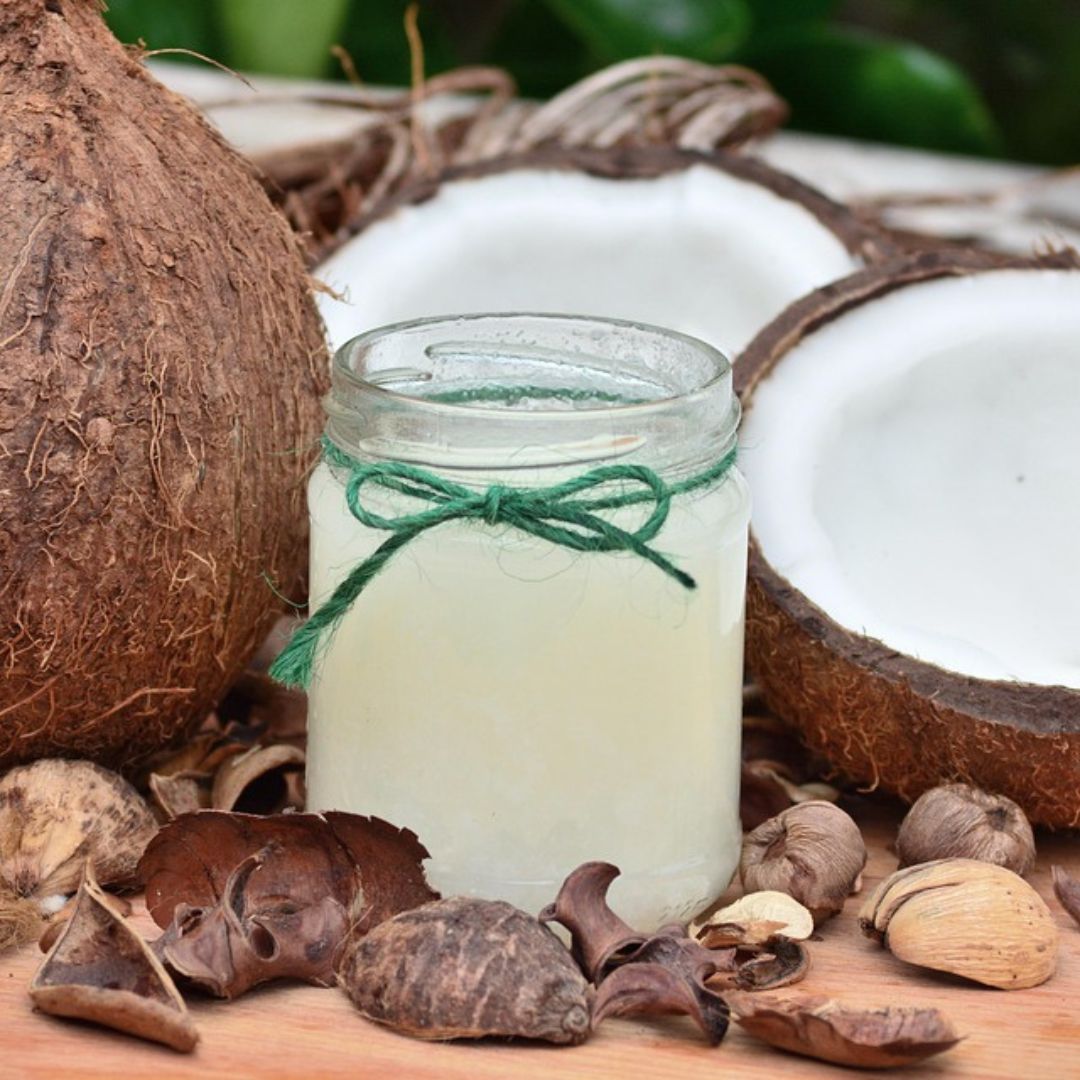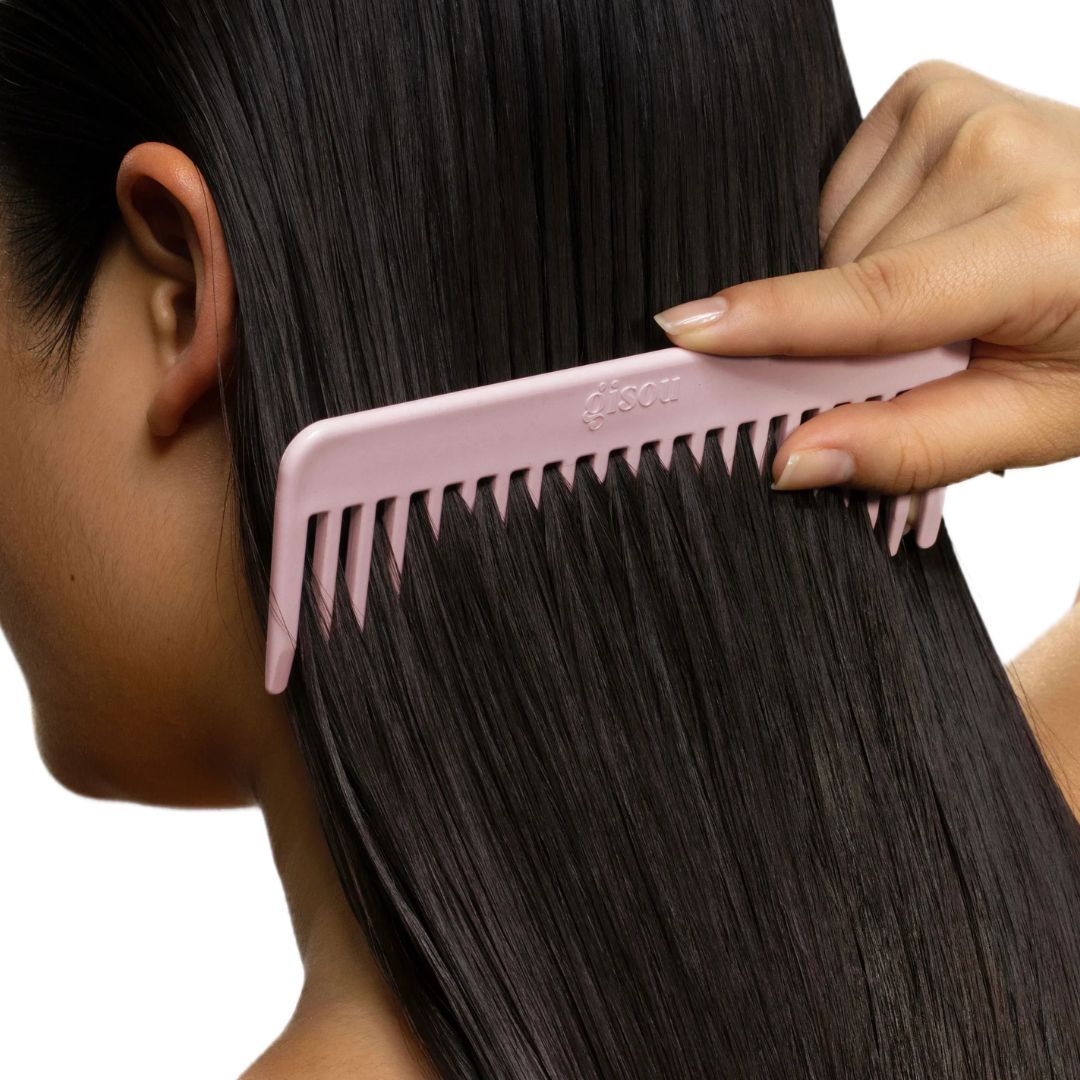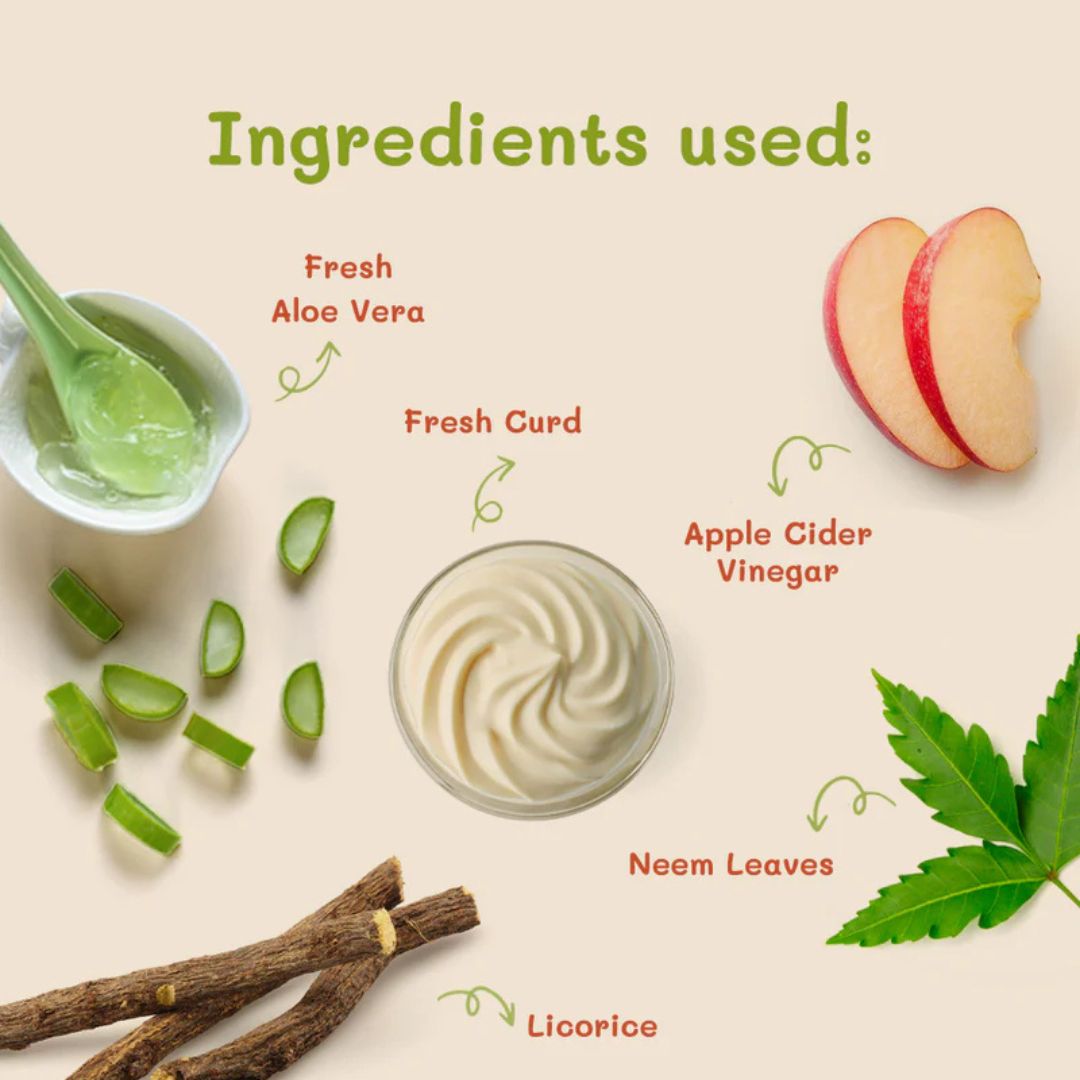Facials: What Are They, and What Do They Really Do? (Best Advice For Facial)
When you think of a facial, images of spas, soothing music, and someone gently massaging your face might come to mind. But beyond the luxury and pampering, facials are powerful skincare treatments with practical, scientific benefits. Whether you’re dealing with acne, dryness, dullness, or simply want glowing skin, facials can offer noticeable improvements.
In this in-depth blog, we’ll explore what facials really are, the various types, their specific benefits, how often to get them, and whether they are truly worth your time and money.
What is a Facial? (Best Advice For Facial)
A facial is a multi-step skin treatment that includes cleansing, exfoliating, extracting impurities, hydrating, and nourishing the skin. It’s designed to treat common skin concerns and maintain overall skin health. A standard facial session typically lasts between 45 minutes to an hour.
Facials can be customized to suit different skin types, including oily, dry, sensitive, or combination skin. Professional estheticians use a variety of products and techniques tailored to each client’s individual skin needs.
Components of a Basic Facial (Best Advice For Facial)
- Cleansing: The skin is thoroughly cleansed to remove makeup, dirt, and oil.
- Exfoliation: Dead skin cells are sloughed off using scrubs or chemical exfoliants.
- Steaming: Warm steam opens up the pores, preparing the skin for extraction.
- Extraction: Blackheads and whiteheads are manually removed.
- Massage: A facial massage boosts blood circulation and relaxes facial muscles.
- Mask: A treatment mask is applied based on your skin type.
- Moisturizing & Protection: The session concludes with a moisturizer and sunscreen.

Different Types of Facials (Best Advice For Facial)
Facials aren’t one-size-fits-all. Here are several popular types:
1. Classic Facial
Perfect for beginners, it follows the basic steps mentioned above and suits most skin types.
2. Acne Facial
Focused on deep cleansing and healing acne-prone skin using products with salicylic acid, benzoyl peroxide, or tea tree oil.
3. Anti-Aging Facial
Includes products with collagen, antioxidants, and ingredients like retinol and hyaluronic acid to target fine lines and wrinkles.
4. Hydrating Facial
Designed for dry, dehydrated skin. It deeply moisturizes and restores skin’s elasticity.
5. Brightening Facial
Targets hyperpigmentation and dull skin using ingredients like vitamin C, kojic acid, and niacinamide.
6. Chemical Peel Facial
Uses chemical exfoliants (AHAs or BHAs) to remove the outer skin layer, improving texture and tone.
7. LED Facial
Involves light therapy to reduce inflammation, acne, or signs of aging depending on the light color used.
What Do Facials Really Do? The Science Behind It (Best Advice For Facial)
1. Promote Blood Circulation
Massage techniques used in facials stimulate blood flow, increasing oxygen supply to the skin and promoting cellular regeneration.
2. Deep Cleansing and Detoxification
Facials go deeper than everyday cleansing, removing oil build-up, toxins, and bacteria from clogged pores. This helps prevent breakouts.
3. Boost Collagen Production
Anti-aging facials often include treatments that stimulate collagen and elastin production, resulting in firmer and younger-looking skin.
4. Improve Skin Texture and Tone
Regular exfoliation removes dead skin cells and promotes new cell growth. This helps to smooth the skin and even out pigmentation.
5. Enhance Absorption of Skincare Products
When dead skin and impurities are removed, active ingredients from serums and moisturizers penetrate better and work more effectively.
6. Manage Acne and Blemishes
Specialized facials help reduce inflammation, kill acne-causing bacteria, and calm irritated skin. Regular treatments can significantly reduce breakouts.
7. Relaxation and Stress Relief
The soothing environment and gentle massage not only help the skin but also reduce stress hormones like cortisol, which can exacerbate skin problems.

Are Facials Suitable for Everyone? (Best Advice For Facial)
In general, yes. But there are exceptions:
- Sensitive skin: Opt for gentle facials without harsh exfoliants.
- Severe acne or eczema: Consult a dermatologist before booking a facial.
- Recent cosmetic procedures: Wait for your skin to heal before undergoing a facial.
Always inform your esthetician about your skin concerns, allergies, or ongoing treatments.
How Often Should You Get a Facial? (Best Advice For Facial)
For most skin types, once a month is ideal. That’s because the skin’s natural turnover cycle is about 28 days. Regular monthly facials can:
- Maintain results
- Prevent buildup of dead skin
- Keep acne and blemishes at bay
If you’re treating a specific skin issue (like acne or pigmentation), your esthetician might recommend a different schedule.
At-Home Facials vs. Professional Facials (Best Advice For Facial)
At-Home Facials are great for maintenance. They usually include cleansing, a mild exfoliant, a mask, and moisturizing. DIY facials can:
- Save money
- Be convenient
- Offer short-term glow
Professional Facials, on the other hand:
- Use higher-grade ingredients and equipment
- Offer advanced techniques like extractions, peels, or LED therapy
- Provide expert evaluation and customization
Both are valuable, but for long-term skin goals, professional facials deliver more substantial results.
Are Facials Worth the Investment? (Best Advice For Facial)
Absolutely—if done correctly and consistently. A single facial may give you a temporary glow, but a regular routine helps with:
- Reducing signs of aging
- Managing acne and oiliness
- Brightening dull, uneven skin
- Boosting your confidence
Moreover, facials help you understand your skin better. A good esthetician can analyze your skin and guide you to products and habits that support your skincare goals.

Common Myths About Facials (Best Advice For Facial)
Myth 1: Facials Cause Breakouts
Truth: Post-facial purging can happen, but it’s not the same as a breakout. It’s a temporary reaction as impurities come to the surface.
Myth 2: They Are Only for Women
Truth: Skincare has no gender. Men benefit equally from regular facials, especially due to shaving and oilier skin.
Myth 3: Facials Show Instant Results
Truth: Some improvements are visible immediately, but lasting results require consistency.
Final Thoughts (Best Advice For Facial)
Facials are more than just a spa indulgence; they are an essential component of a comprehensive skincare regimen. From deep cleansing and hydration to anti-aging and acne management, the benefits of regular facials are vast and varied.
If you’re new to facials, consult a licensed esthetician who can recommend the right type for your skin type and concerns. And remember, great skin doesn’t happen overnight—it takes commitment, knowledge, and care. Facials are a powerful tool in your journey toward healthy, radiant skin.
So go ahead—treat yourself. Your skin will thank you.






